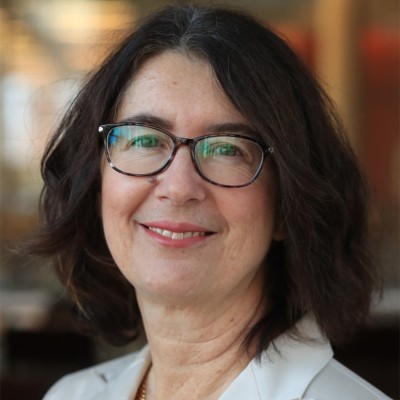Earlier this month, CRPE brought together 180 district and charter leaders from 30 cities around the country in Memphis for a meeting on school choice: “Good Options and Choices for All Families” was the theme, and is a major component of the portfolio strategy.
We covered sessions on a number of issues related to choice—enrollment priorities, transportation solutions, creating strong options for special-needs children, opening schools families want, managing for quality, and more. Some of the sessions were led by charter school leaders, but more were led by district leaders in charge of a wider portfolio of schools.
After the meeting, we heard from several people who said, “I thought I’d hear more about other kinds of school choice and how to manage that.” And it surprised me. I thought it was clear across the agenda that we were talking about the challenges that arise with all kinds of public school choice—whether families are choosing traditional public schools, alternative schools or magnets, leaving or coming into a district from another district, or taking part in private scholarship programs with independent schools. All of these choices, along with charter schools, require that someone needs to be thinking about overall issues of equity and access for all kids. Who gets chosen and how? Do children have a way to get there? Are the schools families get to choose from any better than the ones in their neighborhoods?
As National School Choice Week comes to a close, I’ve been reflecting on the issues that arise with any kind of school choice. Over the past 18 months, CRPE has been studying school choice as part of our series Making School Choice Work. Our research shows that families are wholeheartedly embracing school choice. Our recent survey of 4,000 parents in eight “high-choice” cities showed that 52 percent were choosing non-neighborhood-based public schools.
In education today, for some people, choice has become synonymous with charter schools. Yet in some cities, choice has little or nothing to do with charters. So, depending on where you sit, you might think conversations about choice don’t apply to you. But you can’t think about school choice of any kind without thinking about the enrollment process, transportation, issues of equity, and parent engagement.
Our survey suggests that a significant number of parents struggle with different aspects of the process. One in three parents reported trouble understanding which schools their child was eligible for, while one in four struggled to get information on their options and find transportation. Parents with less education and those with a special-needs child were significantly more likely to report trouble.
Perhaps the most important finding in our survey was that parents said the lack of quality schools was the single largest barrier to choice. Nearly half of parents said that they had no other good option besides their current school, and 42 percent struggled to find a school that provided a good fit.
We view school choice as decidedly broader than charter schools and are glad that families continue to have a growing number of options.
But when we talk about school choice, it’s humbling to be reminded that, according to parents, there are still not enough good options.



